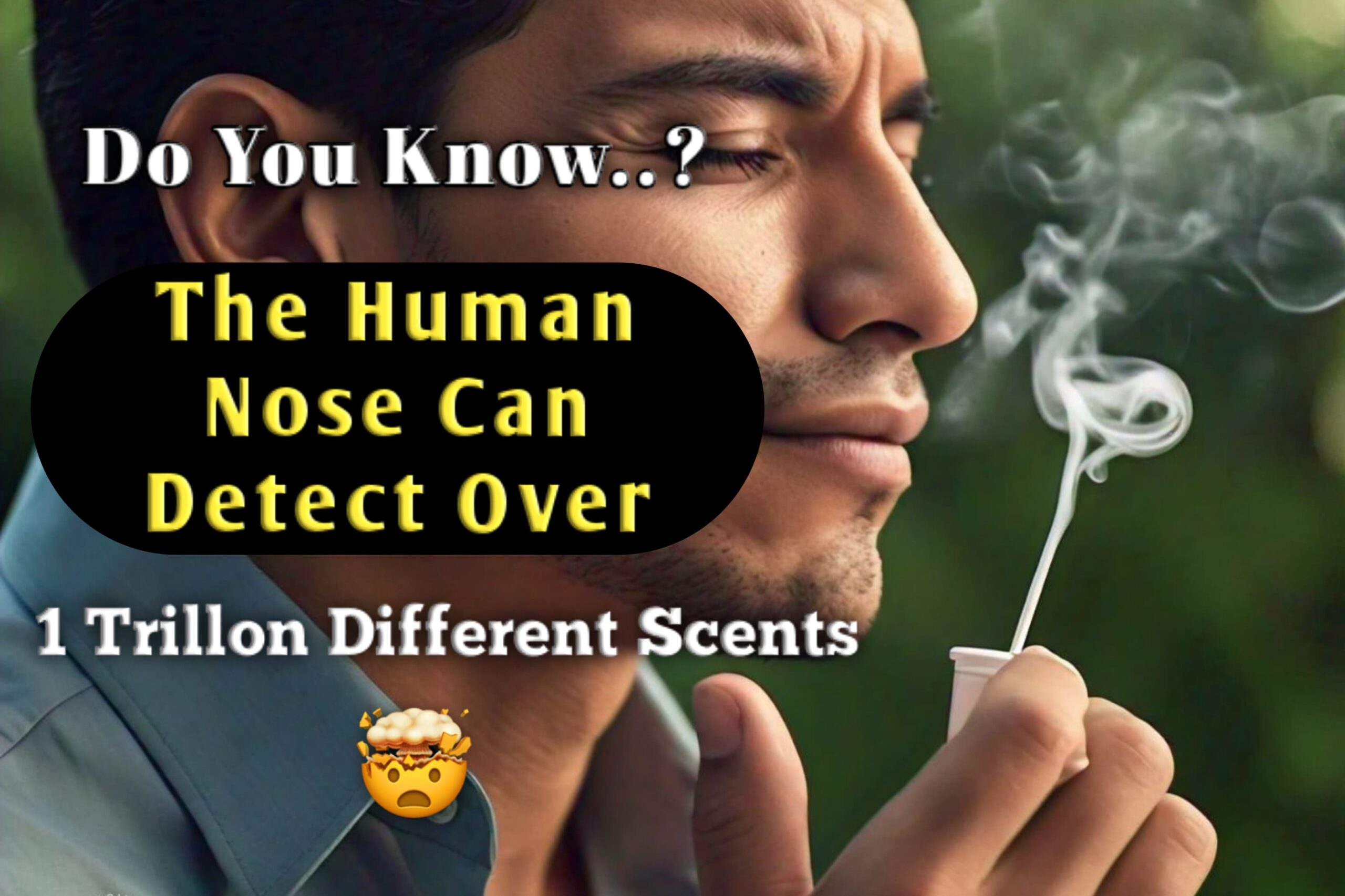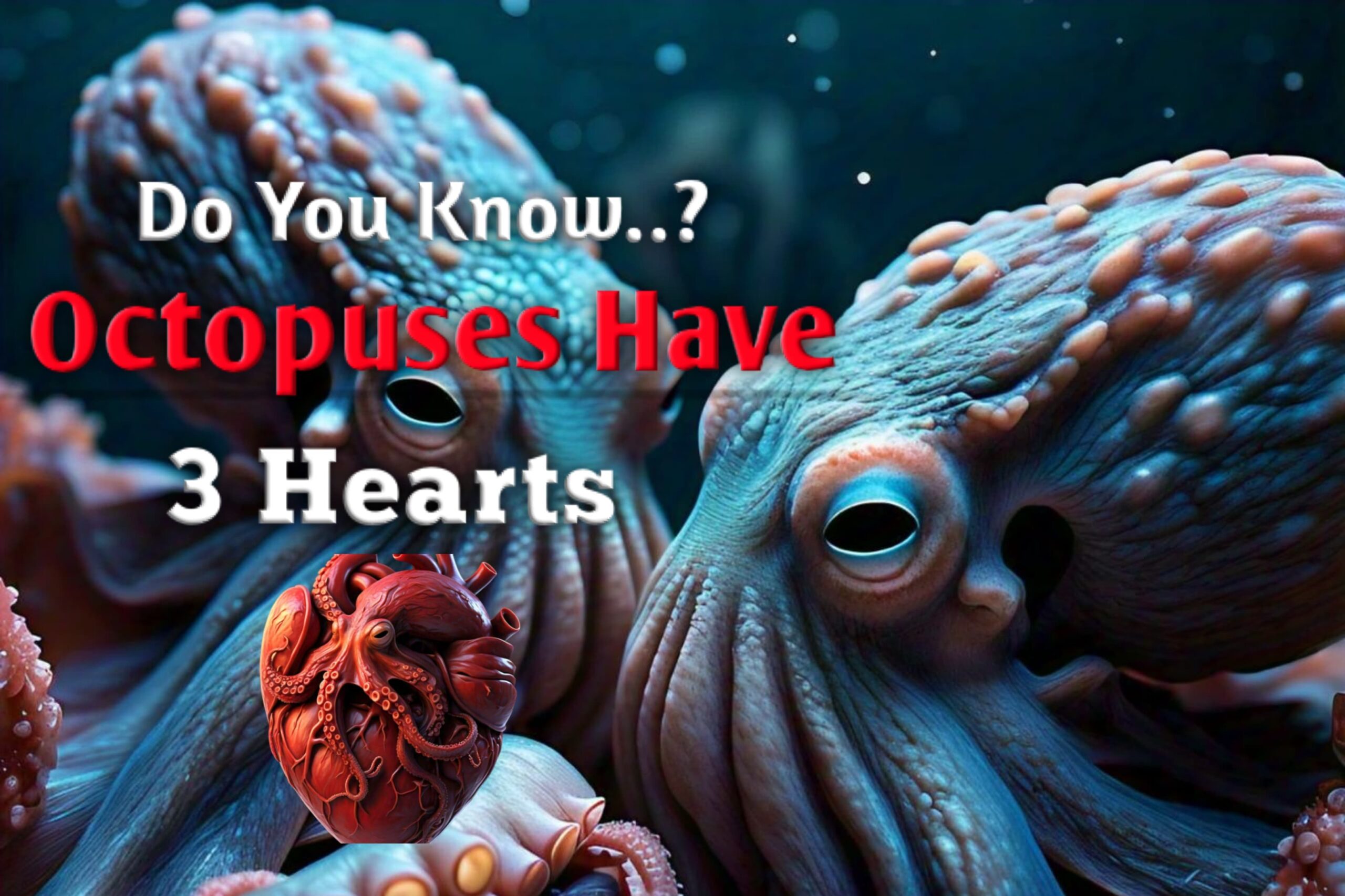History of vaccination
-written by Mr. Suyog Wankhade
1796: English physician Edward Jenner tests a theory that people infected with cowpox are immune to smallpox. In May of that year, he inoculates an 8-year-old boy with material from a milkmaid’s cowpox sore. Jenner calls the procedure “vaccination” and the substance “variola vaccine”, which comes from the Latin word vacca meaning “cow”.
1798: Jenner uses the term “variolae vaccinae” in the title of his Inquiry into the Variolae vaccinae Known as the Cow Pox, which describes the protective effect of cowpox against smallpox.
1802: Scottish physician Helenus Scott uses Jenner’s cowpox vaccine to vaccinate children in Bombay against smallpox.
1914: A vaccine to protect against pertussis is developed.
1926: A vaccine to protect against diphtheria is developed.
1938: A vaccine to protect against tetanus is developed.
1948: The pertussis, diphtheria, and tetanus vaccines are combined into the DTP vaccine.
1960s: Vaccines for measles, mumps, and rubella are developed.
1970s: Vaccines are successful.
1980s: Vaccines for hepatitis B and Haemophilus influenzae type b are developed.
In the late 1940s, scientific knowledge advanced enough to allow for large-scale vaccine production and disease control efforts. Today, vaccines contain fragments of disease-causing organisms or blueprints for making those fragments, as well as other ingredients to keep them safe and effective.
Role of vaccines to prevent diseases
It stimulate the body to make antibodies againest antigen of a pathogens.
Vaccines work by exposing the body’s immune system to weakened or inactive parts of a pathogen, called antigens. The immune system then produces antibodies that recognize and fight the antigens, which are key parts of bacteria or viruses that cause disease. This process helps the immune system fight infections faster and more effectively, and protects the body from the targeted disease.
vaccine work by exposing a person to safe version of a pathogen
Impact of vaccines on public health
1 Preventing disease
2 Reducing demand on health services
3 Fighting antimicrobial resistance
4 Vaccine support better funtioning and management of health care system
5 Vaccines protect against viruses that can lead to cancer






